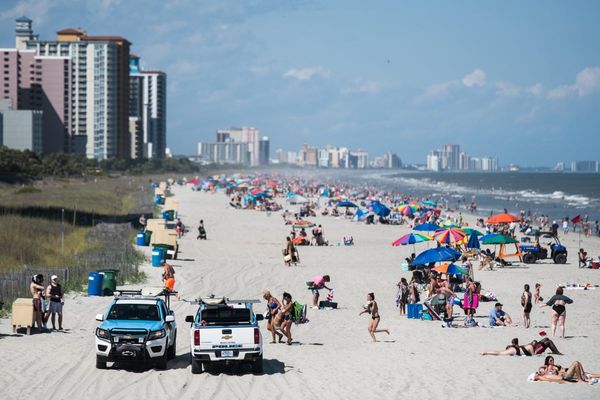
Population pressures in popular regional centres has been driving growth inland and further away from Sydney and Melbourne as a result of the flow-on effects of the COVID exodus from capital cities.
Regional Australia is experiencing new population shifts with more people moving from region-to-region, according to the Regional Movers Index December quarter data.
The data, which was prepared by the CBA and Regional Australia Institute found that Queensland was the most popular destination for those moving from a regional centre to another regional area in 2022.
These local government areas included Bundaberg, the Fraser Coast, Toowoomba, the Sunshine Coast but also included Maitland in New South Wales and Ballarat in Victoria.
Regional Australia Institute chief executive Liz Ritchie said this data heralded the need for more planning and resources, particularly in regions with historically limited population growth.
Meanwhile, the largest changes in regional growth areas included Port Pirie, Gladstone, Murray Bridge, Glen Innes and York in Western Australia.
These all recorded a jump in net internal migration of more than 200 per cent in 2022.
Net internal migration calculates the number of people from outside a region moving in, less the number of local people leaving that region for another. It does not take international movement into account.
Ms Ritchie said these trends were a result of the effects from city slickers moving to the regions during COVID.
She said high growth places in the early days of COVID were generally sought-after amenity locations such as the Surf Coast, Byron Bay and Noosa.
"But the latest dataset shows us that regional people are leaving these areas for other inland centres or coastal towns - with a growing number opting to go even further away from Sydney and Melbourne," she said.
Ms Ritchie warned that some of these areas experiencing significant net migration increases would be feeling the pinch on housing, services and infrastructure.
She said policy makers, industry and regional leaders need to heed these results, to ensure adequate planning to accommodate this growth.
"The regional housing squeeze is just one example of what can happen when we haven't prepared for growth," Ms Ritchie said.
"The low growth business as usual trends before 2020 has led to underinvestment in some regional areas."
Commonwealth Bank regional and agribusiness executive manager Paul Fowler said regional hubs continued to attract thousands of metro movers, despite a slight drop from those moving from cities to regional towns in the December quarter.
"While it's been a difficult year for many businesses who have faced significant challenges, including labour shortages and inflationary pressures, industries such as healthcare, manufacturing and agriculture are growing strongly and regional businesses are investing more to sustain increasing demand for their products and services," he said.







